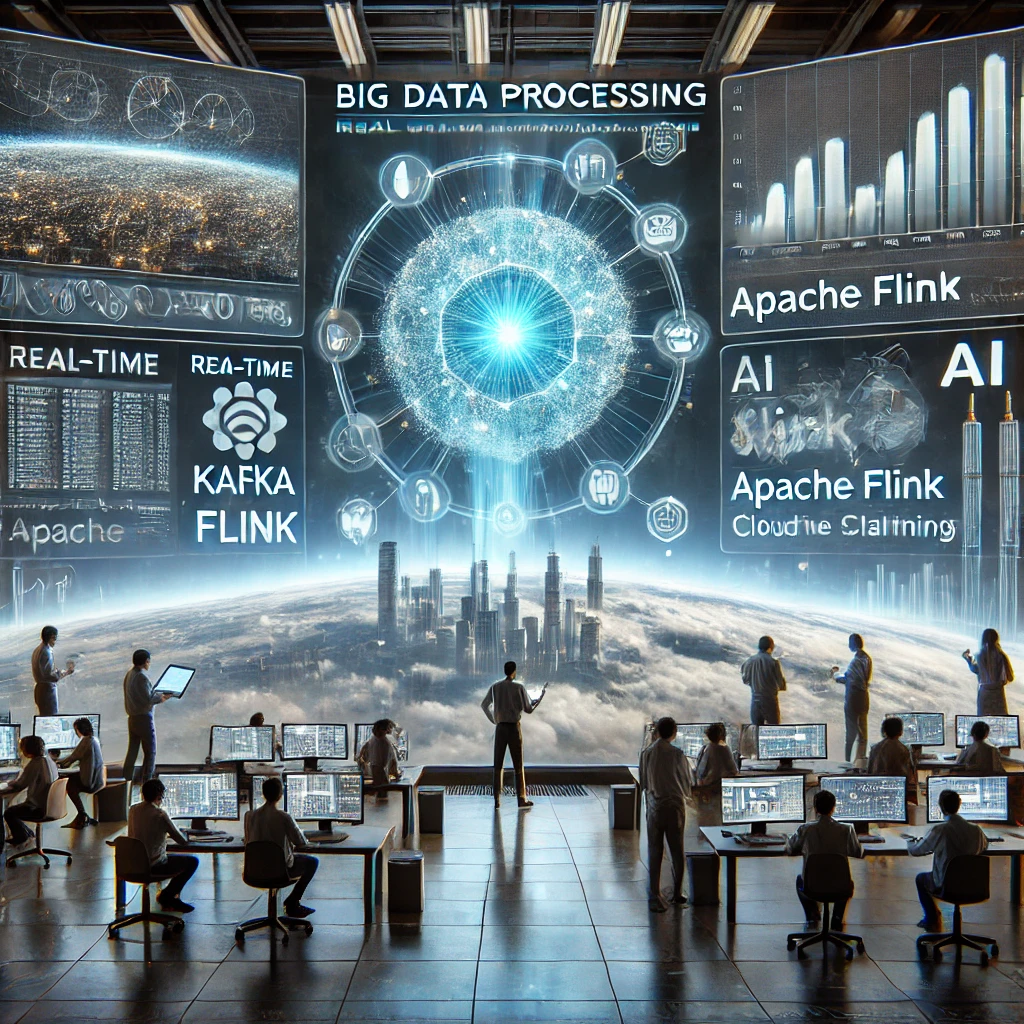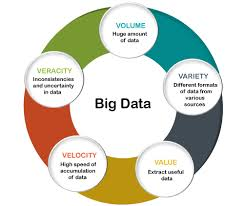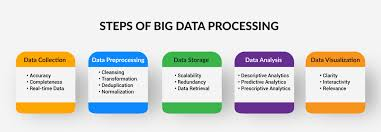comprehensive guide to Generalized Architecture of Big Data Systems: Components, Use Cases, and Challenges 2024

Big data architecture is designed to handle, store, process, and analyze massive datasets that traditional databases cannot manage efficiently. It enables businesses to gain real-time insights, power machine learning models, and improve decision-making.
This guide explores: ✅ Key components of Big Data architecture
✅ Big Data processing methods
✅ Real-time vs. batch processing
✅ Use cases and benefits
✅ Challenges and best practices
1. Understanding Big Data Architecture

A Big Data architecture is a framework that helps organizations process large datasets in a scalable, distributed, and efficient manner.
🔹 Why Big Data Architecture?
- Traditional RDBMS cannot handle high-volume, high-velocity, and high-variety data.
- Big Data systems support structured, semi-structured, and unstructured data.
- They enable real-time decision-making and predictive analytics.
✅ Key Workloads in Big Data Systems: 1️⃣ Batch processing → Large-scale data processing in scheduled intervals.
2️⃣ Real-time processing → Handling continuous streams of live data.
3️⃣ Interactive analytics → Quick data exploration and visualization.
4️⃣ Machine learning and AI → Using big data to train predictive models.
💡 Example: A social media platform processes billions of user activities daily for content recommendations and fraud detection.
2. Key Components of a Big Data System

Most Big Data architectures include the following key components:
| Component | Function |
|---|---|
| Data Sources | Raw data from databases, IoT devices, logs, or APIs. |
| Data Ingestion | Capturing data in real-time (Kafka, Flume) or batch (Sqoop, Airflow). |
| Data Storage | Stores structured (HDFS, AWS S3) and unstructured (NoSQL, Data Lakes) data. |
| Batch Processing | Aggregates and transforms data using Hadoop, Spark. |
| Stream Processing | Processes real-time data streams (Kafka, Apache Flink). |
| Analytical Data Store | Optimized for queries (Data Warehouses like Redshift, Snowflake). |
| Analysis & Reporting | Business Intelligence (Tableau, Looker) for insights. |
| Orchestration | Automates data pipelines (Apache Airflow, AWS Glue). |
🚀 Big Data architectures ensure efficient data movement from ingestion to analysis.
3. Big Data Processing Methods

🔹 Big Data solutions process data using two major approaches:
A. Batch Processing
✅ Processes data in bulk at scheduled intervals.
✅ Best suited for historical analytics, reporting, and machine learning.
✅ Uses Hadoop, Spark, Hive, and MapReduce.
🔹 Example:
An e-commerce company aggregates daily sales transactions and generates business reports.
B. Real-Time Processing
✅ Processes streaming data continuously.
✅ Best suited for fraud detection, anomaly detection, and IoT monitoring.
✅ Uses Apache Kafka, Apache Flink, Spark Streaming, AWS Kinesis.
🔹 Example:
A banking system monitors transactions in real-time to detect fraudulent activities.
🚀 Modern architectures often use a hybrid approach, combining both batch and real-time processing.
4. Big Data Storage & Analytical Processing
Big Data systems require high-performance storage solutions that can handle both structured and unstructured data.
| Storage Type | Purpose | Examples |
|---|---|---|
| Data Lakes | Stores raw, unstructured data | Hadoop, AWS S3, Azure Data Lake |
| Data Warehouses | Stores structured, analytics-ready data | Snowflake, Google BigQuery |
| NoSQL Databases | Handles semi-structured & real-time data | MongoDB, Cassandra |
| Distributed File Systems | Stores massive datasets | HDFS, Ceph |
🚀 Choosing the right storage system depends on query performance, cost, and scalability.
5. Big Data Architecture Use Cases
Big Data architectures power mission-critical applications across industries.
🔹 Top Use Cases:
1️⃣ E-commerce Personalization → Uses real-time analytics for product recommendations.
2️⃣ Financial Fraud Detection → Analyzes millions of transactions per second.
3️⃣ IoT Data Processing → Monitors smart devices and sensor networks.
4️⃣ Healthcare Analytics → Predicts disease outbreaks using medical records.
5️⃣ Social Media Analytics → Detects trending topics and fake news.
💡 Example: Netflix uses Big Data to analyze viewer behavior and optimize content recommendations.
6. Advantages of Big Data Architecture
| Benefit | Description |
|---|---|
| Scalability | Easily handles petabytes of data. |
| Parallelism | Distributes workloads for high-speed processing. |
| Elastic Scale | Supports cloud-based auto-scaling. |
| Interoperability | Works with IoT, AI, and BI solutions. |
🚀 Big Data architectures enable enterprises to make faster, data-driven decisions.
7. Challenges in Big Data Architecture
Big Data solutions offer powerful insights, but they come with challenges:
| Challenge | Description |
|---|---|
| Complexity | Managing distributed components is difficult. |
| Skills Gap | Requires specialized knowledge (Hadoop, Spark, Kafka). |
| Data Governance | Ensuring privacy, compliance, and security is critical. |
| Technology Maturity | Rapidly evolving tools require frequent updates. |
🚨 Best Practices to Overcome Challenges: ✅ Use managed cloud services (AWS, Azure, GCP) to reduce infrastructure complexity.
✅ Implement strong data governance policies (GDPR, HIPAA compliance).
✅ Automate data workflows using Apache Airflow or AWS Glue.
💡 Future-ready organizations invest in upskilling employees on Big Data technologies.
8. When to Use Big Data Architecture
✅ Use a Big Data solution when you need to:
- Process high-volume data (TBs or PBs).
- Analyze unstructured datasets from IoT, logs, or social media.
- Enable real-time data insights with low latency.
- Store historical and live data for predictive analytics.
🚀 If traditional databases cannot handle your workloads, it’s time to adopt Big Data.
9. Final Thoughts
Big Data architectures are transforming businesses by enabling scalable, high-performance data processing. Organizations that embrace real-time analytics, machine learning, and cloud-based solutions will stay ahead of the competition.
💡 What are your biggest challenges in Big Data architecture? Let’s discuss in the comments! 🚀